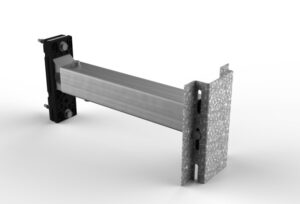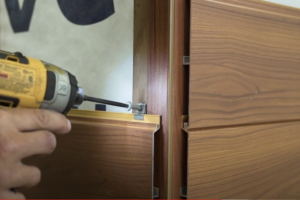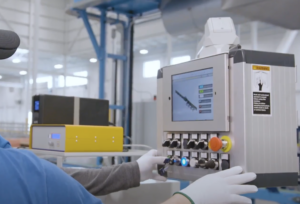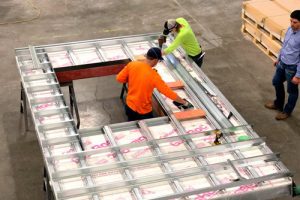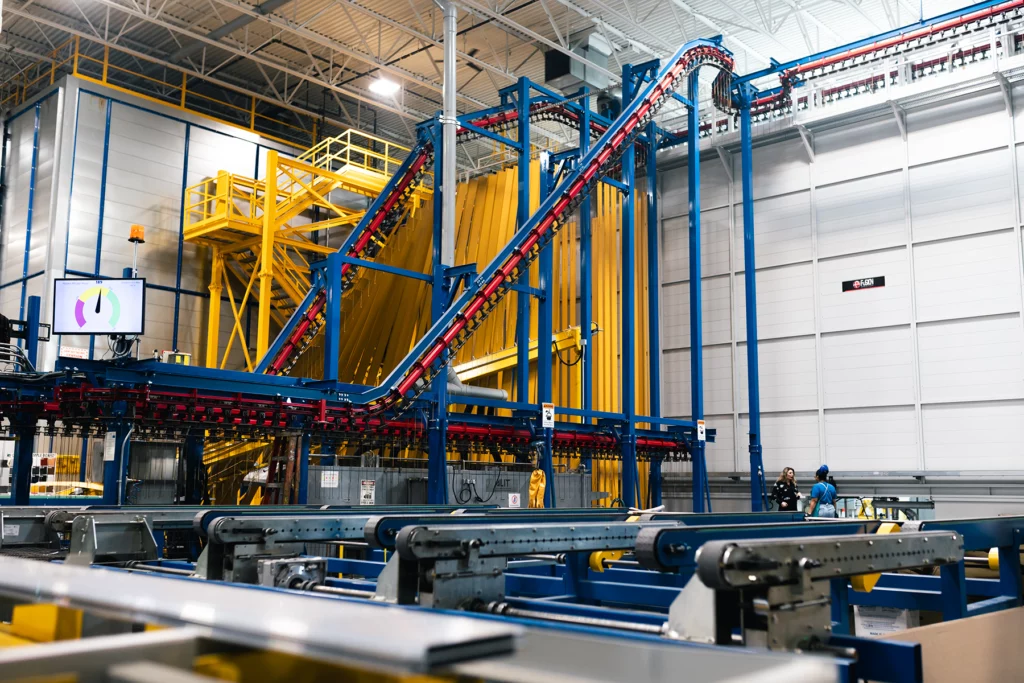Content Type:
Performance & Testing
Project Type:
Building
System Name:
-
Installation:
-
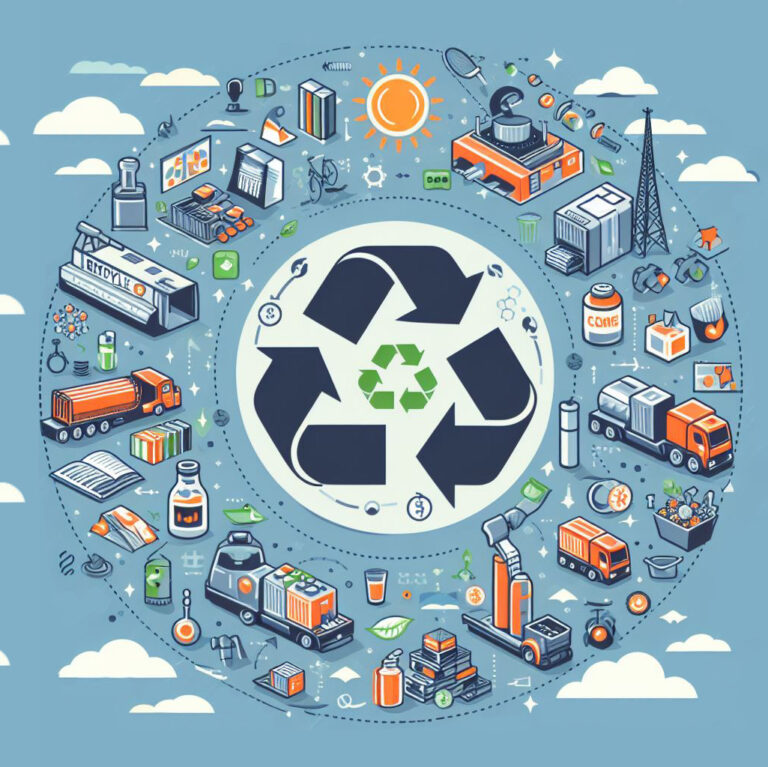
Table of Contents
In an era marked by environmental challenges and resource scarcity, the concept of a circular economy has emerged as a beacon of hope for a sustainable future. The circular economy is not a mere buzzword but a paradigm shift that redefines the way we produce, consume, and discard materials and products.
The transition to a circular economy is not just a choice, it’s a necessity for the well-being of our planet and future generations. By conserving resources, reducing environmental impact, stimulating economic growth, and empowering consumers, a circular economy offers a comprehensive and sustainable solution to the challenges of our time. It is a path toward a more resilient and environmentally responsible world.
Why is a Circular Economy Important?
A circular economy is vital because it offers a sustainable solution to the planet’s resource constraints. As our population grows and resource availability diminishes, it becomes imperative to find alternative ways of managing materials. This is especially important in the manufacturing industry where resource consumption and waste are highest among other sectors.
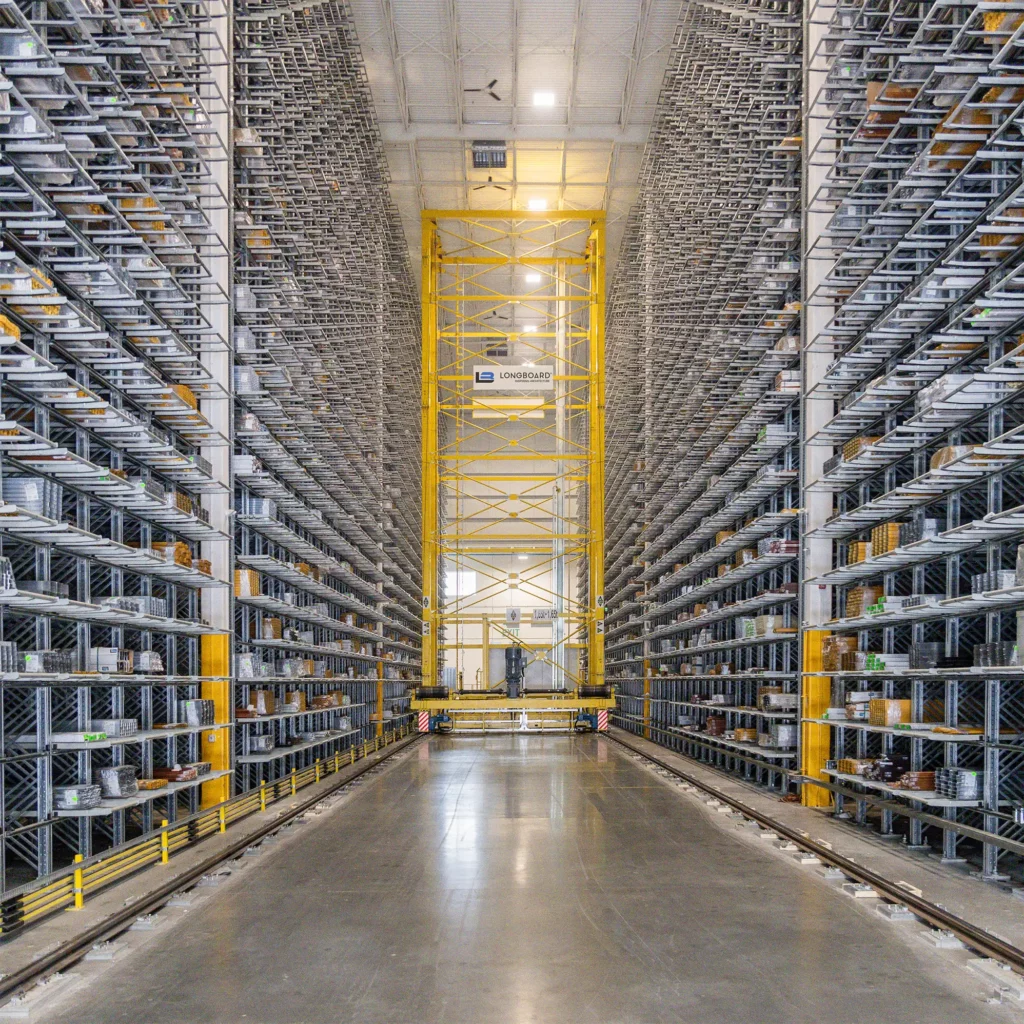
How Can We Do Better?
Traditional manufacturing processes often lead to massive amounts of waste and a throwaway culture. Companies are now focusing on designing products that last longer and can be repaired or upgraded easily. This approach not only minimizes waste but also saves valuable resources, reducing the environmental impact of manufacturing.
Circular manufacturing extends beyond the initial production phase. It encourages remanufacturing and refurbishment, breathing life into used products. Manufacturers are increasingly taking back their products, disassembling them, and reconditioning them to be as good as new. This not only reduces the demand for virgin materials but also provides economic opportunities and jobs in the remanufacturing sector.
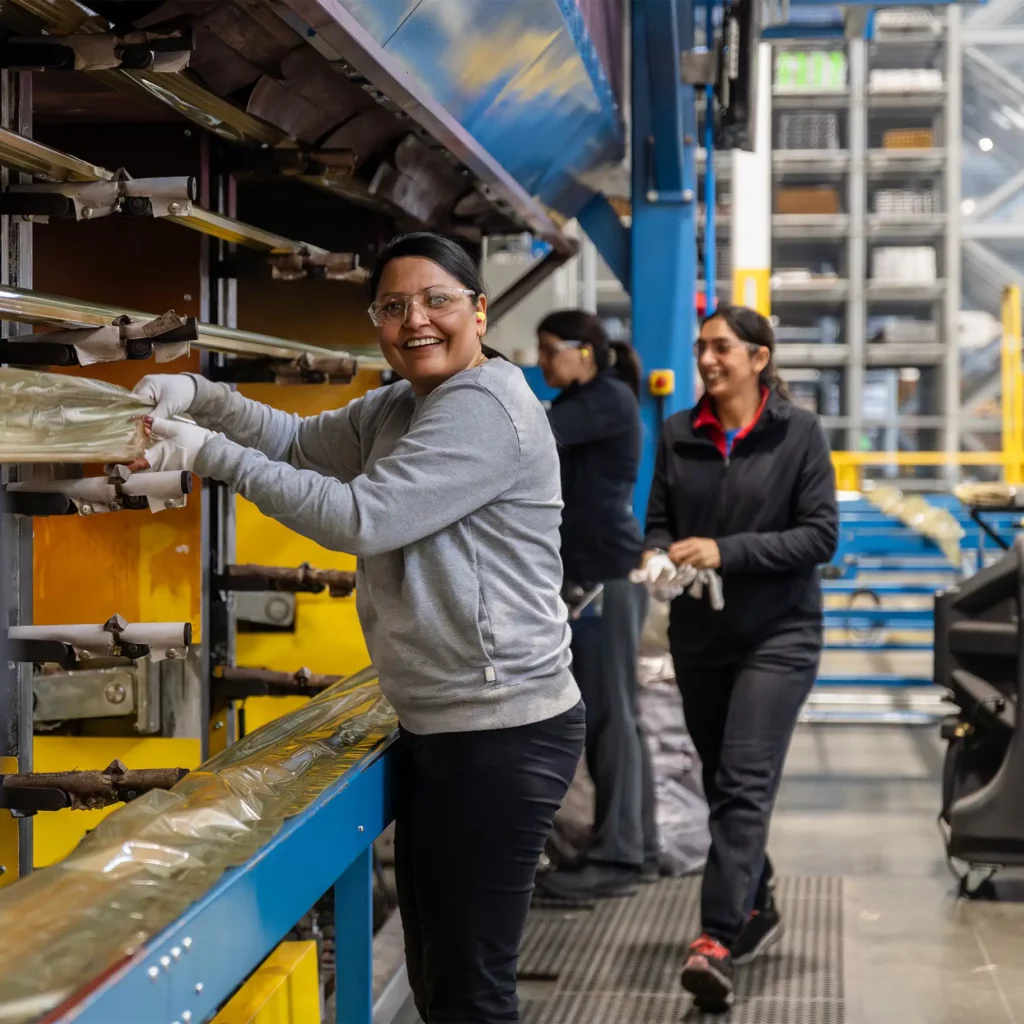
This process also advocates for closed-loop supply chains, manufacturers are forming partnerships and collaborations to ensure that materials circulate within the system rather than being discarded. This approach not only conserves resources but also reduces the carbon footprint associated with transporting raw materials over long distances. Manufacturers are also re-evaluating their material choices, opting for sustainable alternatives. This includes recycled materials and exploring innovative, eco-friendly materials that can be easily integrated into circular processes. Sustainable material sourcing is a crucial aspect of circular manufacturing, as it reduces the environmental impact right at the source.
The Impact on Business Models
The circular economy is prompting a shift in business models. Manufacturers are transitioning from the traditional “take-make-waste” model to more sustainable ones, such as “product-as-a-service” and leasing. These models emphasize durability and long-term product use over disposability, aligning business interests with environmental goals. For circular manufacturing to thrive, consumers play a vital role. Manufacturers are increasingly engaging with consumers to raise awareness about the benefits of the circular economy and the importance of responsible consumption. This education empowers consumers to make informed choices and support companies that prioritize sustainability.
The circular economy is reshaping the manufacturing landscape, fostering sustainability, reducing waste, and minimizing the environmental impact of production. As manufacturers embrace this transformative approach, the world moves one step closer to a more sustainable future. The manufacturing sector can become a driving force in the global transition towards a circular economy, benefiting both the environment and society.
Frequently Asked Questions
How does the implementation of a circular economy impact local communities, particularly in terms of job creation and social equity?
Implementing a circular economy can significantly benefit local communities by fostering job creation and promoting social equity. It encourages local resource utilization, which can lead to the development of new industries and employment opportunities, potentially reducing economic disparities within communities.
Can the circular economy model be applied to service-oriented industries, or is it primarily focused on manufacturing and product-based sectors?
The circular economy model is indeed applicable to service-oriented industries. It’s not just about physical products; services can also be designed to minimize waste and maximize resource efficiency, for example, through sharing, leasing, or repairing.
What are the major challenges or barriers companies face when transitioning from a linear to a circular economy, and how can they be addressed?
The major challenges companies face when transitioning to a circular economy include the need for substantial initial investment, the restructuring of supply chains, changing consumer perceptions, and regulatory hurdles. Companies must innovate and often collaborate across industries to overcome these challenges, adapting their business models and practices to embrace circular principles effectively.





